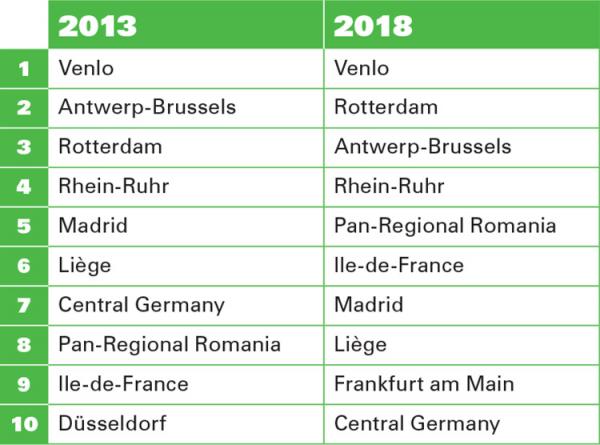How and why the European logistics landscape is changing
By Gian Schiava
Before deciding how to shape a materials handling operation, companies need to consider where to build their new warehouse. E-commerce has revolutionised the game, and supply chains and markets are undergoing serious changes.
Gian Schiava explores several recent surveys and helps us discover the best logistics hotspots in Europe.
The choice of location for a warehouse is already a difficult one if the company only operates in one country. In some cases, companies decide to operate with regional depots served by one national distribution centre. Others may prefer to use just one large distribution centre.
These decisions are affected by, for example, the product range, infrastructure, expected growth, local building regulations and, of course, cost and availability of real estate. After all, not many can afford to build a complete new warehouse. The alternative is to outsource to a 3PL (third party logistics) supplier who can perform many of the logistics activities, including stock ordering and invoicing.
Even in the case of a company which just operates nationwide, it will most probably still import goods. They may be deployed in the production process or simply be part of the overall product offering. One therefore has to consider the proximity to ports or airports, and how easily goods can be transported (by rail, road or air) to the warehouse.
Companies operating in different European countries have even more issues to consider. Where are the best locations to set up your new warehouse if you operate across the whole of Europe? What are the key influencers of this choice? Let’s take a look at a few recent research reports and publications.
Europe’s most desirable locations
In a 2016 survey by real estate supplier Prologis, in partnership with business intelligence provider eyefortransport (eft), we are given an overview of the most popular logistics locations in Europe.
Apparently, the desirability of a location is mostly influenced by: 1) proximity to economic networks and strategic transportation access; 2) proximity to customers; and 3) labour availability and flexibility. Figure 1 shows a ‘map’, indicating the level of activity.
To read full article, please visit eurekapub.eu

